GPU (Graphics Processing Unit) is an important component in computers, especially for those who play games, do graphics or video processing. Job Check GPU temperature Not only does it help you know its activity level, but it also tells you its overall health.
| Join the channel Telegram belong to AnonyViet 👉 Link 👈 |
Why should you regularly check GPU temperature?
GPU will emit a lot of heat when working. Excessive heat over a long period of time can reduce the life and performance of the device. Therefore, continuously monitoring GPU temperature is very necessary and important. Check GPU temperature regularly to:
- Make sure the GPU operates at the best temperature for peak performance.
- Detect problems early and take appropriate protective measures to avoid hardware damage as excessive heat can harm the components inside the GPU.
- Ensure safety, reduce the risk of serious incidents
- Optimized fans and cooling
How to check GPU temperature on computer
Method 1: Use Task Manager
Windows 11 gives you a built-in option to check GPU temperature right in Task Manager. Here's how:
Step 1: Right-click on the Taskbar and select 'Task Manager' or you can press Ctrl + Shift + Esc for faster access.
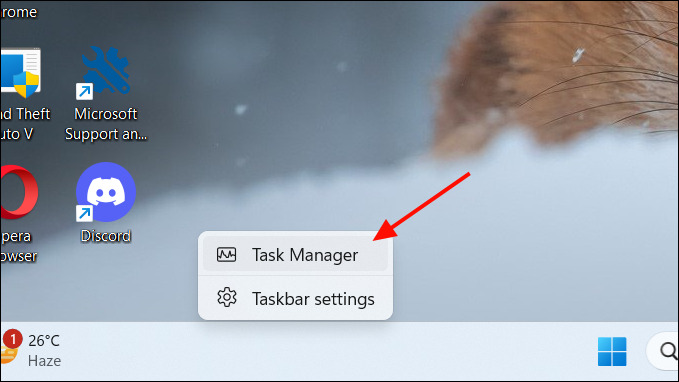
Step 2: Click the Performance tab
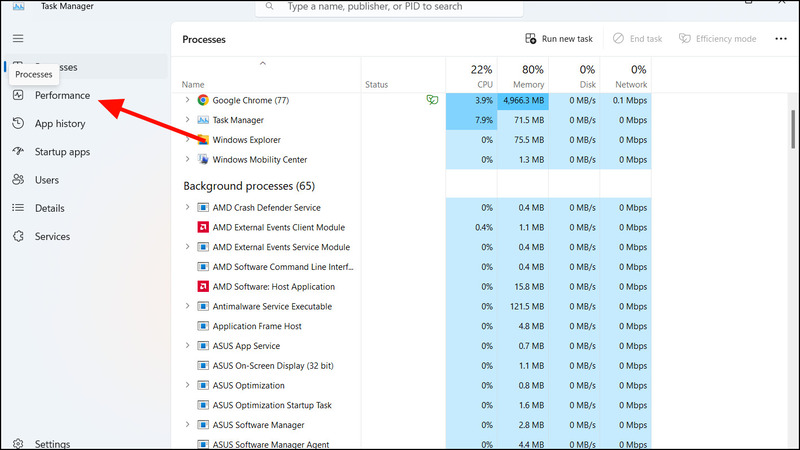
Step 3: Scroll down and find the GPU section. If you use a laptop with a discrete graphics card, you will see two parts: GPU 0 and GPU 1. GPU 0 is usually the integrated graphics card and GPU 1 is the discrete graphics card.
You can select your graphics card and view the temperature at the bottom of the GPU page.
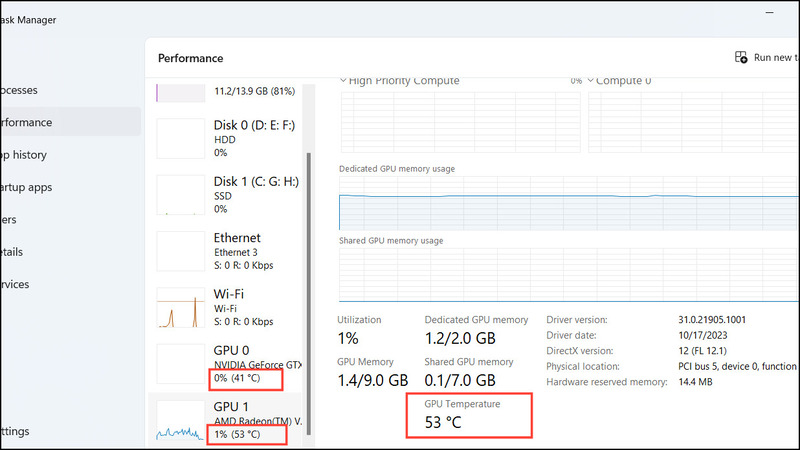
However, not all GPUs are compatible with Task Manager's temperature monitoring function. On some computers, only the discrete graphics card is displayed and a driver update (WDDM 2.4 or later) is required to use this function.
Method 2: Use the GPU manufacturer's software
Graphics cards from manufacturers like NVIDIA and AMD often come with software to help you monitor performance, adjust settings, and also display GPU temperature.
Use AMD Graphics Cards
If you are using an AMD graphics card, you can use AMD Adrenalin or AMD Radeon software to monitor GPU temperature. The steps are as follows:
Step 1: Right click on Desktop > Select AMD software
If you do not have AMD Software installed on your computer, you can download and install it from the page AMD Drivers and Support
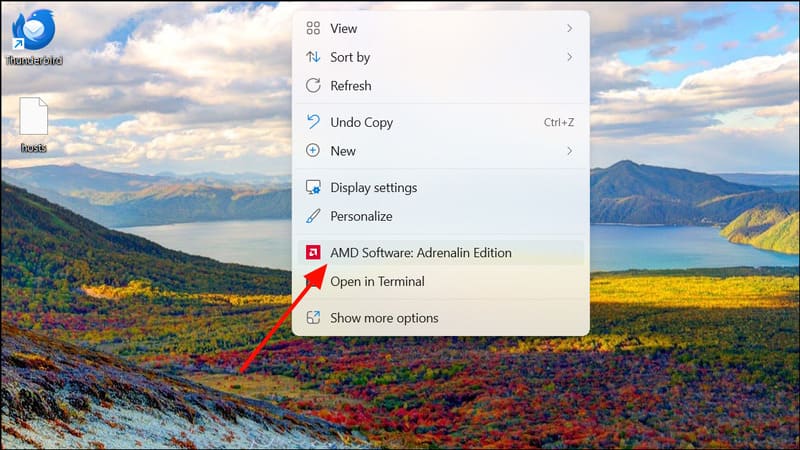
Step 2: Select the 'Performance' tab
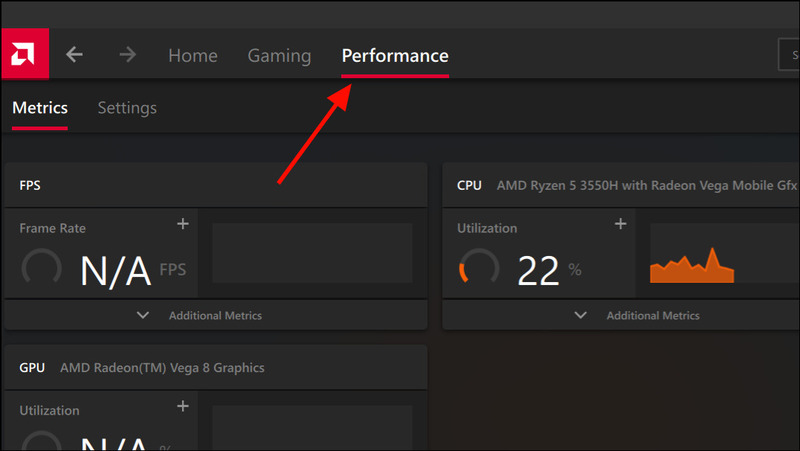
Step 3: Click on the 'Additional Metrics' option in the GPU section.
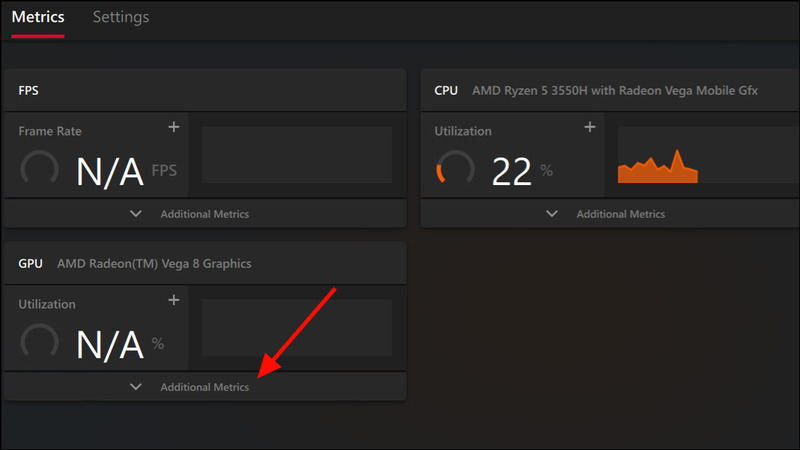
Step 4: Now, you can check the temperature of your AMD GPU here.
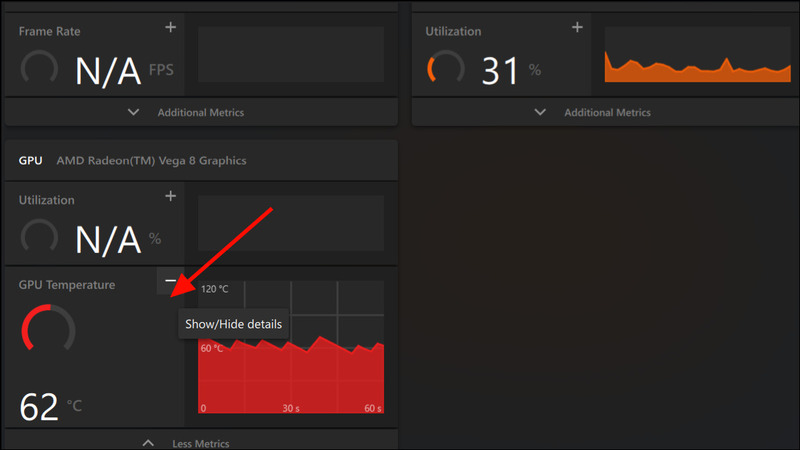
In addition to temperature, you can also monitor GPU usage, clock speed, power usage, fan speed, etc.
AMD's software also allows you to write GPU data to a CSV file, which is useful for in-depth performance analysis or comparing temperatures with other GPU statistics.
Use Nvidia Graphics Cards
If your computer has an NVIDIA video card, you can monitor GPU temperature from the GeForce Experience app. Let's follow how to do it:
Step 1: If you don't have the GeForce Experience app, download and install it HERE
Step 2: Click the triangle icon at the top right (or press Alt+Z to quickly open GeForce Experience overlay)
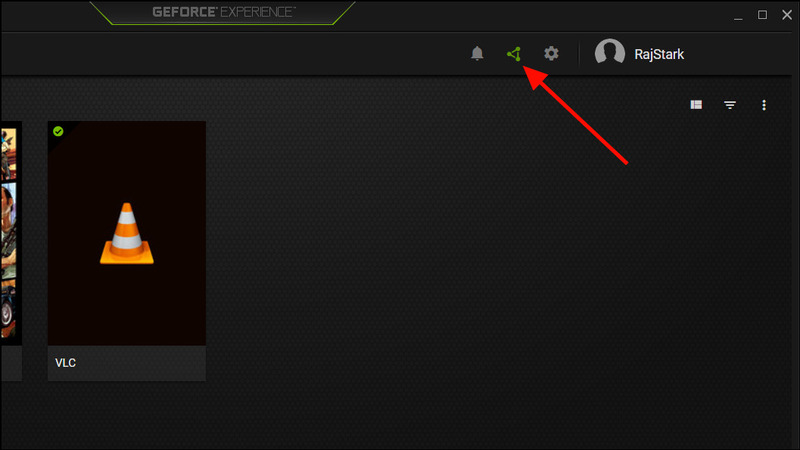
Step 3: Click 'Performance'
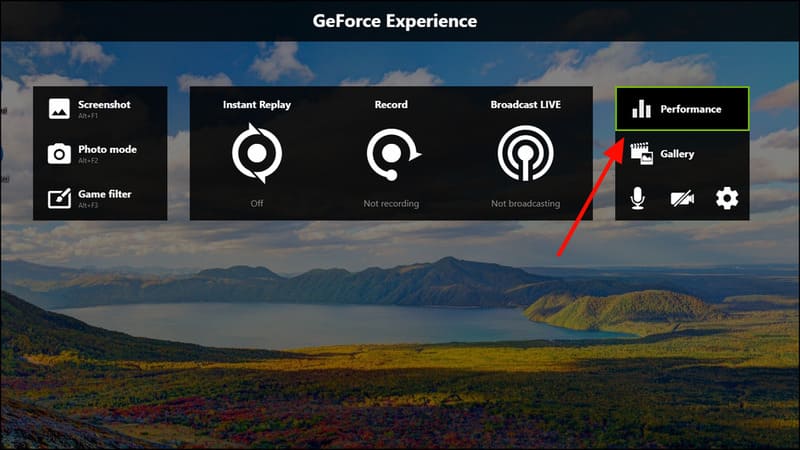
Step 4: At this point, you can check your GPU temperature, along with other metrics like clock speed, GPU usage, voltage, fan speed, and power usage.
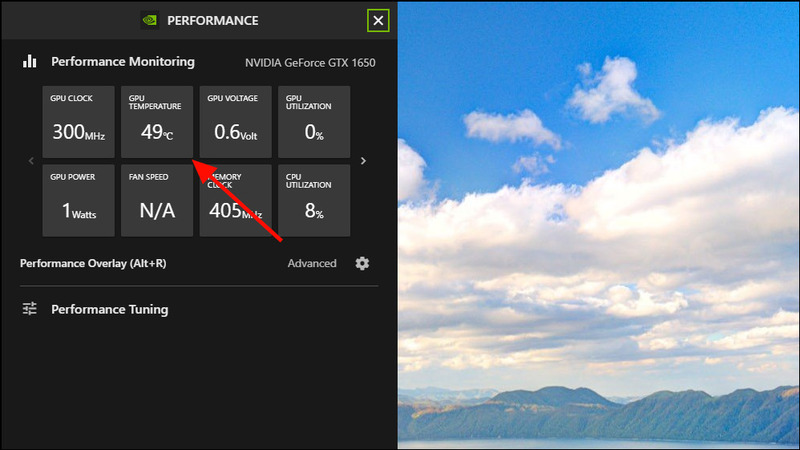
Method 3: Use third-party software
To measure GPU temperature, you can use many different software. Below are some popular software that you can refer to:
- MSI Afterburner
- GPU-Z
- HWMonitor
- SpeedFan
- ORANGE
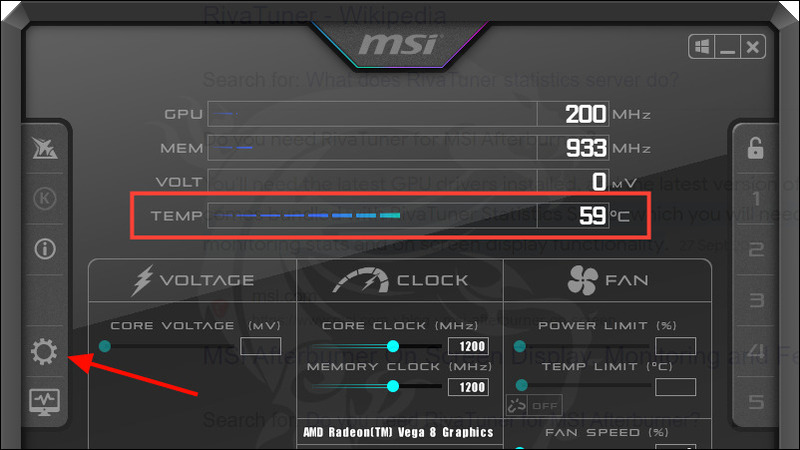
What degree of GPU is good?
There will not be a fixed 'ok' temperature for every GPU. It depends on a number of factors, including the specific model, the type of workload it's subjected to, and its cooling system. But in general, normal GPU temperatures will typically range from 50-70°C at idle and 65-90°C under load.
During extended gaming sessions, especially with overclocked GPUs, temperatures can reach extremely high levels of 100°C and beyond, but modern gaming PCs have adequate cooling systems. Designed to handle high temperatures.
If your GPU has high temperatures, consider improving the cooling system, increasing fan speed, or reducing game graphics settings. Ensure there is always airflow through the case by adjusting the fan position and cleaning dust buildup regularly.
Epilogue
Check GPU temperature is important to protect your computer from overheating, causing reduced performance. You can check the temperature in a variety of ways. Besides, you should also cool the GPU by cleaning, replacing the fan, or using a heatsink. Good luck!











